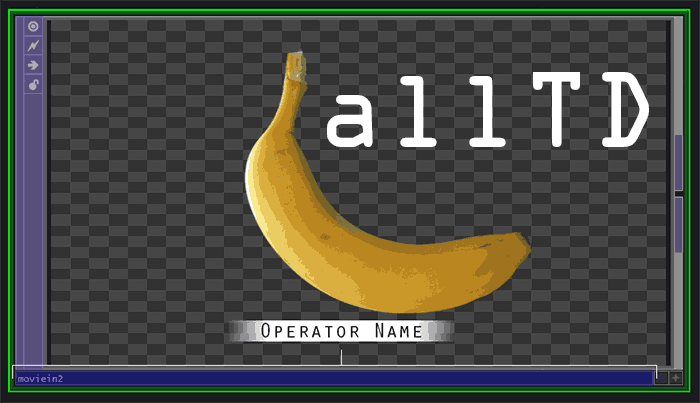How to Read and Calculate Sports Betting Odds
The world of gambling offers a myriad of opportunities for enthusiasts, particularly in the realm of football betting. Among various approaches, accumulator bets are particularly popular due to their potential for higher returns. However, to fully grasp the intricacies of these wagers, one must delve into the essential elements of betting odds.
This sportsbook guide will illuminate the fundamental concepts tied to wagering metrics, helping you seek out the best odds available. With insightful strategies, gamblers in the UK can enhance their understanding and make informed decisions when placing their bets.
By exploring the nuances of various odds formats and their implications, you will empower yourself to navigate the UK gambling landscape with greater confidence. Thus, let’s embark on a journey to unlock the secrets behind effective wagering strategies.
Understanding Different Types of Sports Betting Odds
When engaging with wagering markets, comprehending the variety of lines available is crucial for making informed decisions. Bettors often encounter three primary formats: fractional, decimal, and moneyline. Each type conveys potential payouts and underlying probabilities in distinct ways.
Fractional Odds are traditionally used in the UK and appear as a fraction, such as 5/1. This notation indicates the profit one would make for every unit wagered. In the case of a successful $1 bet at 5/1, the return would be $5, plus the original stake, leading to a total payout of $6. This format can be advantageous for those engaged in football betting, giving a clear view of potential gains.
Decimal Odds are widely adopted across Europe and Australia. They represent the total payout rather than just profit. For instance, if a line reads 6.00, a $1 wager would yield $6 in total if successful, which includes the stake. These figures facilitate quick calculations and are often preferred for accumulator bets, where multiple selections are combined to enhance potential returns.
In the context of sportsbooks, understanding the nuances between fractional vs. decimal formats can significantly impact a bettor’s perspective on the best odds. Each format has its merits, so choosing the one that resonates most with personal preferences can lead to a more satisfying wagering experience.
Lastly, moneyline Odds denote the outright winner of an event. These values can be positive or negative, indicating how much one could win from a $100 wager or how much needs to be risked to win $100, respectively. Understanding these types of odds is vital for any successful punter navigating the complex landscape of wagering.
Calculating Potential Payouts from Betting Odds
When engaging in football betting, understanding how to assess your potential returns is crucial for successful wagering. The format in which betting odds are presented can significantly impact your calculations. Whether you are dealing with fractional vs. decimal formats, each has its method for determining potential payouts.
In the fractional format, odds appear as a fraction (e.g., 5/1). To calculate your return, multiply your stake by the first number in the fraction, then add your original stake. For example, a $10 wager at 5/1 yields a total payout of $60 ($50 profit plus the $10 stake).
Conversely, in the decimal format, odds are expressed as a single number (e.g., 6.0). This figure represents your total payout for every dollar wagered. Simply multiply your stake by the decimal odds to find out how much you could win. Thus, a $10 bet at 6.0 results in a $60 return.
Accumulator bets add complexity, as they involve multiple selections. Here, the odds of each selection are multiplied together before applying your stake. For example, a bet featuring odds of 2.0, 3.0, and 4.0 would yield cumulative odds of 24.0 (2.0 x 3.0 x 4.0). A $10 accumulator would then return $240.
Utilizing a sportsbook guide can significantly enhance your ability to navigate these calculations effectively. Always aim to find the best odds available to maximize potential winnings. Taking the time to understand each format and method will enable you to make informed decisions during your wagering activities.
Converting Odds Between Formats: Fractional, Decimal, and Moneyline
When engaging in wagering activities, understanding various odds formats is essential for effective decision-making. Fractional, decimal, and moneyline represent three primary styles of displaying betting odds, each favored in different regions and contexts. This section delves into the conversion methods between these formats, which is crucial for any bettor navigating a sportsbook guide.
Fractional odds, commonly used in the UK, appear as a fraction (e.g., 5/1), indicating the profit relative to the stake. To convert fractional to decimal, simply add 1 to the fraction’s value. For instance, 5/1 becomes 6.0 in decimal form. This conversion helps punters, especially in football betting where decimal odds are prevalent in many betting platforms.
On the other hand, moneyline odds are typically used in the United States, showcasing positive or negative values. A positive moneyline, such as +200, signifies the amount won on a $100 stake, while a negative figure, like -150, indicates the stake needed to win $100. Converting moneyline to decimal can be done by dividing the positive value by 100 and adding one. For negative values, divide 100 by the absolute value and add one to determine the decimal equivalent.
Understanding fractional vs. decimal formats becomes particularly relevant for accumulator bets, which combine multiple selections into a single wager. By mastering these conversions, bettors can analyze their potential returns across varying odds representations, enhancing their betting experience. To explore more about these concepts and gain additional insights into gambling strategies, visit https://kinghils.com/.


